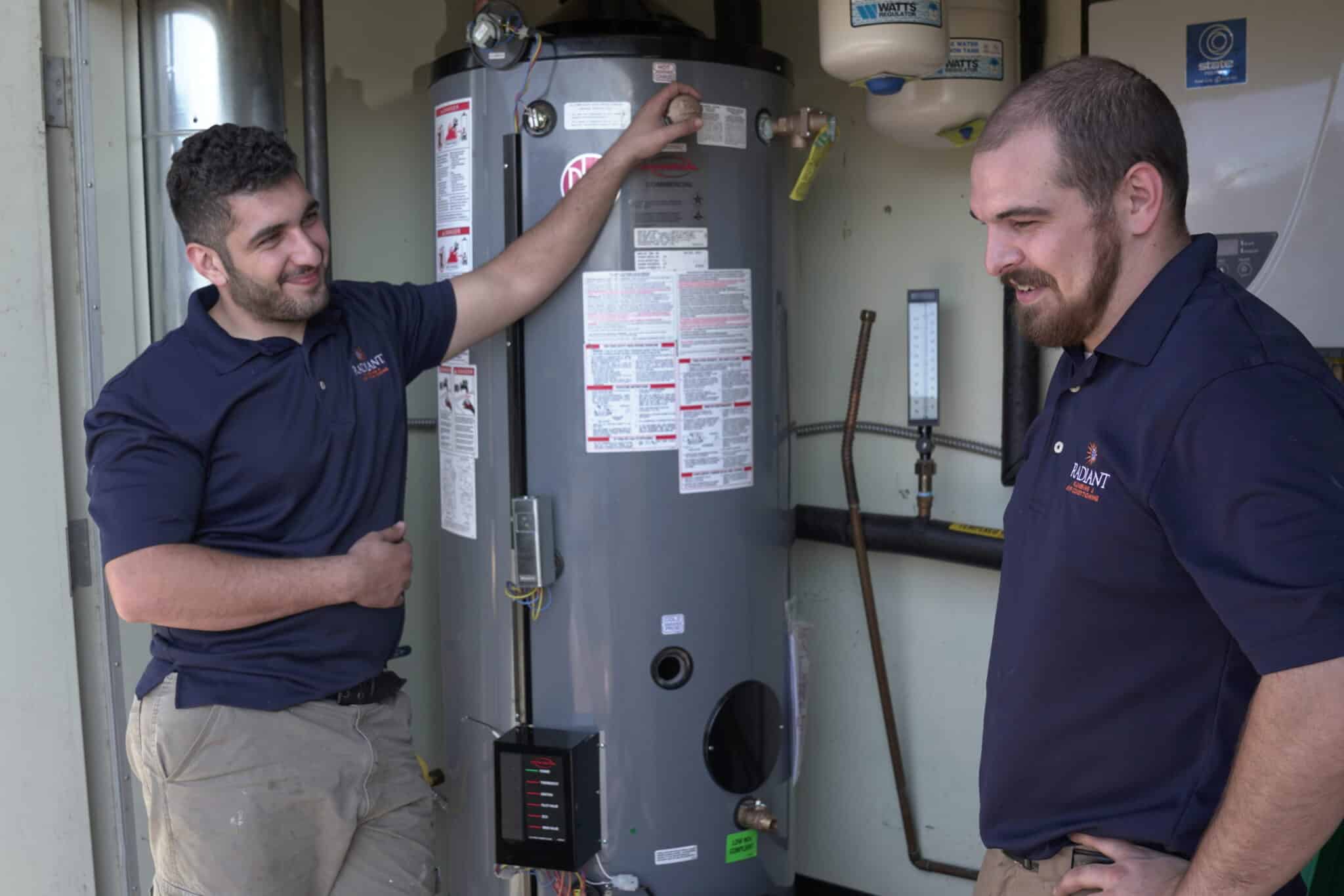Maintaining Your Home's Hot Water System: Important Tips
Maintaining Your Home's Hot Water System: Important Tips
Blog Article
The writer is making several good observations about Tips For Maintaining Your Hot Water Heater as a whole in this post in the next paragraphs.
:max_bytes(150000):strip_icc()/reasons-gas-water-heater-not-working-5212987-hero-fe6b82a59053421c88b7d13ea311d3c5.jpg)
Hot water is crucial for everyday comfort, whether it's for a revitalizing shower or washing meals. To guarantee your warm water system runs successfully and lasts longer, routine maintenance is essential. This short article offers useful ideas and insights on how to preserve your home's warm water system to stay clear of disruptions and expensive fixings.
Introduction
Preserving your home's warm water system might seem overwhelming, but with a few basic actions, you can guarantee it runs smoothly for many years to find. This overview covers everything from understanding your hot water system to do it yourself maintenance ideas and recognizing when to hire expert aid.
Relevance of Maintaining Your Hot Water System
Regular upkeep not only prolongs the life expectancy of your warm water system yet likewise guarantees it operates effectively. Ignoring upkeep can bring about lowered effectiveness, greater energy bills, and also early failing of the system.
Signs Your Hot Water System Needs Maintenance
Understanding when your warm water system requires attention can avoid major problems. Watch out for indications such as irregular water temperature, unusual noises from the heating unit, or rustic water.
Flushing the Water Heater
Flushing your hot water heater removes sediment build-up, improving performance and lengthening its life.
Monitoring and Changing Anode Rods
Anode poles stop deterioration inside the storage tank. Evaluating and changing them when worn is vital.
Facility Problems Requiring Professional Help
Instances consist of major leaks, electrical troubles, or if your water heater is regularly underperforming.
Routine Specialist Upkeep Perks
Expert maintenance can consist of complete assessments, tune-ups, and making sure compliance with safety criteria.
Checking and Changing Temperature Settings
Adjusting the temperature level setups guarantees optimal efficiency and security.
DIY Tips for Maintenance
You can perform numerous maintenance tasks on your own to keep your warm water system in leading condition.
Checking for Leakages
Routinely check pipes and connections for leaks, as these can lead to water damages and higher costs.
Comprehending Your Warm Water System
Before diving into maintenance tasks, it's helpful to comprehend the standard components of your hot water system. Commonly, this includes the hot water heater itself, pipes, anode poles, and temperature controls.
Month-to-month Maintenance Tasks
Normal regular monthly checks can aid catch small issues prior to they escalate.
Checking Pressure Relief Valves
Examining the pressure relief valve guarantees it functions appropriately and avoids too much pressure accumulation.
Insulating Pipelines
Shielding hot water pipelines lowers warm loss and can conserve power.
When to Call a Professional
While do it yourself upkeep is useful, some concerns require expert expertise.
Final thought
Routine upkeep of your home's hot water system is vital for performance, longevity, and expense financial savings. By adhering to these tips and understanding when to look for specialist help, you can guarantee a trusted supply of hot water without unexpected disruptions.
How to Maintain an Instant Hot Water Heater
Before tinkering with your hot water heater, make sure that it’s not powered on. You also have to turn off the main circuit breaker and shut off the main gas line to prevent accidents. Also turn off the water valves connected to your unit to prevent water from flowing into and out of the appliance. 2. When you’re done, you have to detach the purge valves’ caps. These look like the letter “T†and are situated on either side of the water valves. Doing so will release any pressure that has accumulated inside the valves while at the same time avoid hot water from shooting out and burning your skin. 3. When the purge valves’ caps are removed, you have to connect your hosing lines to the valves. Your unit should have come with three hoses but if it didn’t, you can purchase these things from any hardware or home repair shops. You can also get them from retail stores that sell water heating systems. Read the user’s manual and follow it to complete this task properly. When the hosing lines are connected, open the purge port’s valves. 4. You should never use harsh chemical cleaners or solutions when cleaning your unit. Make use of white vinegar instead. It should be undiluted and you’ll probably use about 2 gallons. 5. Now flush your water heater. This task should probably take about 40 minutes. We can’t give you specific directions for this because the procedure is carried out depending on the type, model and brand of your heater. With that being said, refer to the user’s manual. 6. When you’re done draining the unit, you have to turn off the purge port valves again. Remove the hosing lines that you earlier installed on each of the water valves. Put the valve caps (purge port) back in their respective places and be very careful so as not to damage the rubber discs that are found inside these caps. 7. Now that everything’s back in place, check your user’s manual again to find out how to reactivate your water heating system. 8. Once it is working, turn one of your hot water faucets on just to let air pass through the heater’s water supply pipes. Leave the tap on until water flows smoothly out of it. https://www.orrplumbing.com/blog/2014/september/how-to-maintain-an-instant-hot-water-heater/

Hopefully you enjoyed reading our part about How to Maintain a Hot Water Heater in a Few Simple Steps. Thanks a lot for spending some time to read through our short article. Appreciated our blog entry? Please quickly share it. Let somebody else locate it. Thanks so much for taking the time to read it.
Source This Article Report this page